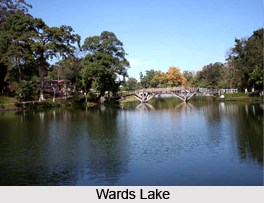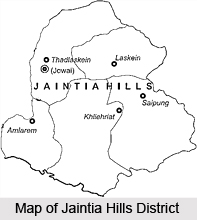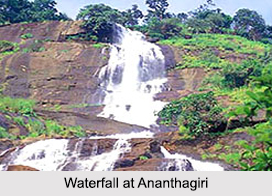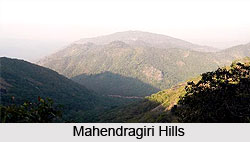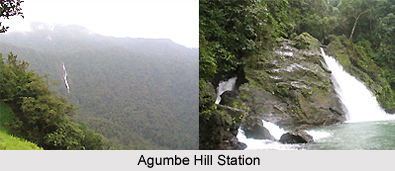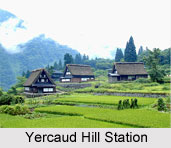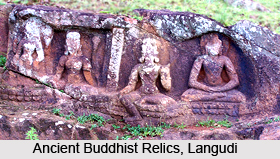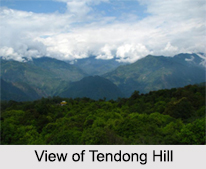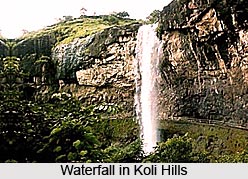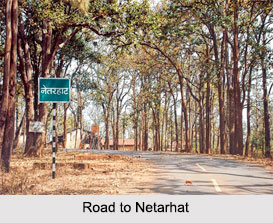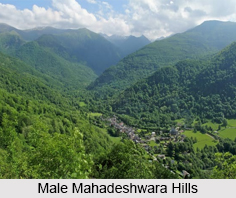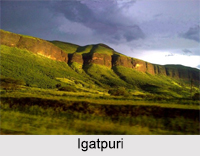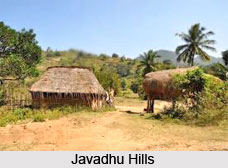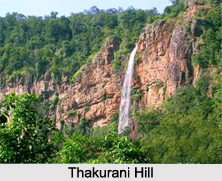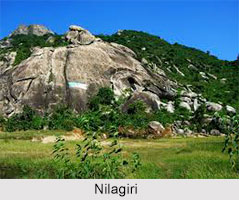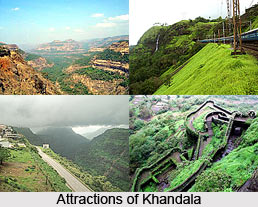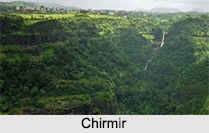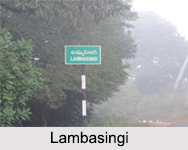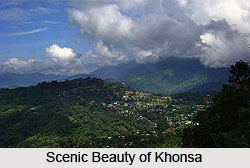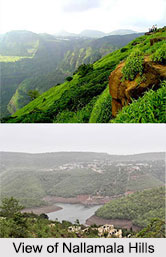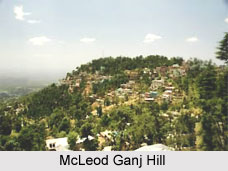 McLeod Ganj is a suburb of Dharamshala in Kangra District of Himachal Pradesh. McLeod Ganj is the headquarters of the Tibetan government in exile and the residence of His Holiness the 14th Dalai Lama.
McLeod Ganj is a suburb of Dharamshala in Kangra District of Himachal Pradesh. McLeod Ganj is the headquarters of the Tibetan government in exile and the residence of His Holiness the 14th Dalai Lama.
Location of McLeod Ganj
McLeod Ganj has an average elevation of 2,082 metres (6,831 feet). McLeod Ganj was named after Sir Donald Friell Mc Leod, a Lieutenant Governor of Punjab. Mc Leod Ganj is known as "Little Lhasa" or "Dhasa" because of its huge population of Tibetan refugees. The Tibetan government-in-exile is headquartered in McLeod Ganj.
History of Mcleod Ganj
In March 1849, McLeod Ganj was annexed by the British after the Second Anglo-Sikh War. A subsidiary cantonment for the troops stationed at Kangra was established, on the slopes of Dhauladhar. During the British rule in India, the town was a hill station, where the British people spent hot summers. In 1860, the 66th Gurkha Light Infantry, later renamed the historic 1st Gurkha Rifles, was moved to Dharamshala. Soon 14 Gurkha Paltan villages were established nearby and the Gurkhas patronised the ancient Shiva temple of Bhagsunag.
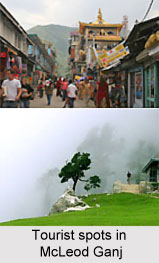 Lord Elgin, the British Viceroy of India (1862-63) died at Dharamshala while on a tour there, on 20 November 1863. He was cremated at the St. John in the Wilderness at Forsyth Ganj, just below McLeod Ganj. His summer residence called Mortimer House became part of the private estate of Lala Basheshar Nath of Lahore and was acquired by the Government of India to house the official residence of HH Dalai Lama. The original Tea House built by Lord Elgin.
Lord Elgin, the British Viceroy of India (1862-63) died at Dharamshala while on a tour there, on 20 November 1863. He was cremated at the St. John in the Wilderness at Forsyth Ganj, just below McLeod Ganj. His summer residence called Mortimer House became part of the private estate of Lala Basheshar Nath of Lahore and was acquired by the Government of India to house the official residence of HH Dalai Lama. The original Tea House built by Lord Elgin.
Towns of Forsyth Ganj and McLeod Ganj
The twin towns of Forsyth Ganj and McLeod Ganj, continued to grow steadily in the coming years, and by 1904 had become important centres of trade, commerce and official work of Kangra District. But much of the town was destroyed by the devastating earthquake on April 4, 1905 which occurred in the Kangra valley. The earthquake destroyed most buildings in Kangra, Dharamshala, and McLeodGanj - even the Bhagsunag Temple was destroyed. Thereafter district headquarter offices were shifted to a lower part. In March 1959, Tenzin Gyatso, the 14th Dalai Lama, came to India after the failed uprising in 1959 in Tibet against the Communist Party of China. The Indian Government offered him refuge in Dharamshala. With time McLeod Ganj became his official residence, and also home to several Buddhist monasteries and thousands of Tibetan refugees. Over the years, McLeod Ganj evolved into an important tourist and pilgrimage destination, and has since grown much in population.
Tourism in Mcleod Ganj
Mcleod Ganj serves as an important tourist spot in Sikkim. Tourist flock here to study Tibetan Buddhism, culture, crafts, etc. The town has been famous for Tibetan handicrafts, thangkas, Tibetan carpets, garments and other souvenirs. Some of the tourist attractions in McLeod Ganj are Tibetan Sites of Buddhist Monasteries, Naam Art Gallery, Peak Art Gallery, St. John in the Wilderness, Dal Lake, Dharmalaya and many other tourist attractions.
